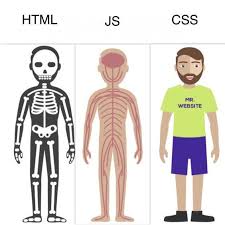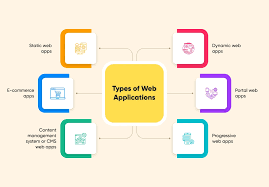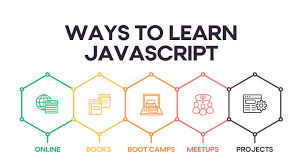Mastering Responsive Web Design
Introduction
Responsive web design is an essential approach to creating websites that adapt seamlessly to various screen sizes and devices. In a world where users access the internet on smartphones, tablets, laptops, and desktops, mastering responsive web design is crucial. This guide will walk you through the principles and best practices of responsive web design.
Table of Contents
-
Understanding Responsive Web Design
- What is Responsive Web Design?
- The Importance of Mobile Friendliness
- The Evolution of Responsive Design
-
Viewport and Media Queries
- The Role of Viewport Meta Tag
- Introduction to Media Queries
- Breakpoints and Device Ranges
- Common Media Query Patterns
-
Fluid Layouts and Flexible Grids
- Creating Fluid Grid Systems
- Fluid Typography and Sizing
- Grid Frameworks (e.g., Bootstrap)
- Grid Systems vs. CSS Grid Layout
-
Responsive Images
- Optimizing Images for Different Screens
- Image Resolution and Density
- The
srcsetandsizesAttributes - Using Picture Elements
-
Flexible Content
- Relative Units (em, rem, %)
- Flexbox for Layout
- CSS Grid for Complex Layouts
- Scaling Text and Typography
-
Mobile-First Design
- Mobile-First vs. Desktop-First
- Benefits of Mobile-First Approach
- Progressive Enhancement
- Best Practices for Mobile-First Design
-
Navigation Menus and UI Components
- Creating Responsive Navigation Menus
- Responsive Dropdown Menus
- Hamburger Menus and Off-Canvas Navigation
- Responsive Form Elements
-
Images, Videos, and Media
- Handling Responsive Media
- Video Embedding for All Devices
- Techniques for Responsive Background Images
- Lazy Loading and Media Queries
-
Testing and Debugging
- Cross-Browser and Cross-Device Testing
- Using Browser Developer Tools
- Responsive Design Testing Tools
- Debugging Common Issues
-
Performance Optimization
- Reducing HTTP Requests
- Minifying and Compressing Files
- Image Optimization Tools
- Caching Strategies for Responsive Sites
-
SEO and Accessibility
- Mobile-First Indexing
- Structured Data for Rich Results
- Responsive Web Design and SEO
- Web Accessibility Best Practices
-
Frameworks and Libraries
- Bootstrap, Foundation, and Materialize
- CSS and JavaScript Frameworks
- Custom vs. Pre-Built Frameworks
- Implementing Frameworks Responsively
-
Advanced Techniques
- Progressive Web Apps (PWAs)
- Server-Side vs. Client-Side Responsive Design
- Device Detection and Redirects
- Offline First and Performance Optimization
-
User Experience (UX) and Best Practices
- Touchscreen-Friendly Design
- Mobile Gestures and Interactions
- User-Centered Design
- Load Time and User Engagement
-
Future Trends and Emerging Technologies
- The Impact of 5G
- Foldable Devices and Dual-Screen Layouts
- WebAssembly and Responsive Web Apps
- Voice and AI-Driven Interfaces
-
Resources and Further Learning
- Responsive Web Design Books and Courses
- Online Communities and Forums
- Responsive Web Design Blogs and News
- Staying Updated with Industry Trends
Conclusion
Mastering responsive web design is a journey that involves a deep understanding of the principles and continuous adaptation to new technologies and user behaviors. As you progress through the topics in this guide, you'll be well-equipped to create websites that offer a seamless user experience on any device. Keep in mind that the landscape of web design is ever-evolving, so staying current with best practices and emerging trends is essential to your success as a web designer or developer. Best of luck in your pursuit of responsive web design mastery!
































